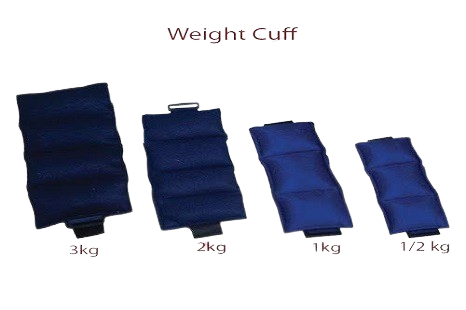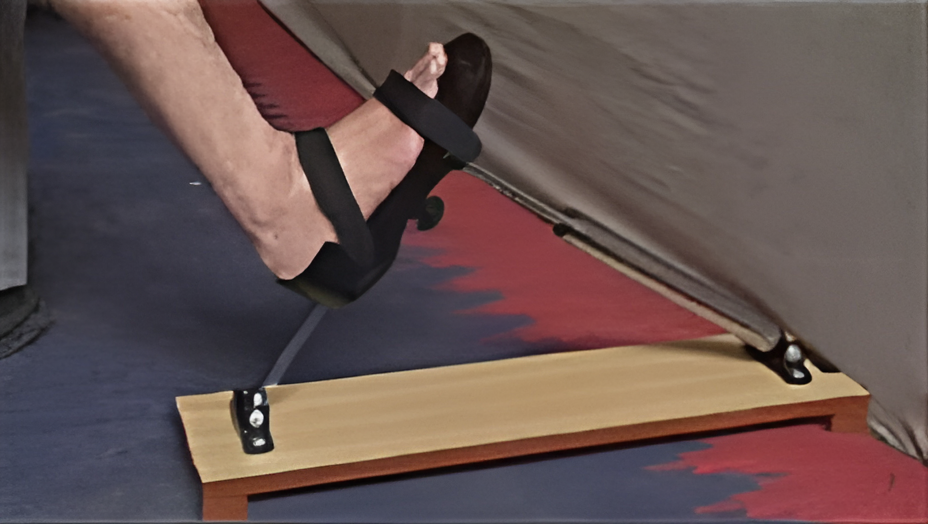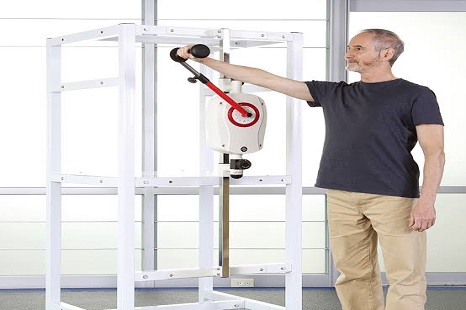Benefits of stretching :
Studies about the benefits of stretching have had mixed results. Some research
shows that stretching doesn't reduce muscle soreness after exercise. Other studies show that lengthening the
muscle and holding the stretch immediately before a sprint may slightly worsen performance.
However, research has shown that stretching can help improve flexibility, and, as a result, the range of
motion of your joints.
Better flexibility may:
Improve your performance in physical activities Decrease your risk of injuries Help your joints move through their full range of motion Increase muscle blood flow Enable your muscles to work most effectively Improve your ability to do daily activities
What is strength training?
Strength training is also known as weight training, resistance training, and
muscular training.
The general definition of strength training is any physical movement in which you use your body weight or
equipment (e.g., dumbbells and resistance bands) to build muscle mass, strength, and endurance.
The main types of strength training include Muscular hypertrophy.
Also known as muscle building, this type of strength training uses moderate-to-heavy weights to stimulate
muscle growth.
Muscular endurance. This refers to your muscles’ ability to sustain exercise for a period of time. Training
to increase muscular endurance usually involves high reps using light weights or body weight.
Circuit training. During this form of full-body conditioning, you cycle through various exercises with
little to no rest between them.
Maximum muscular strength. This type of exercise involves low reps (usually 2–6) and heavy weights to
improve your overall strength. It’s best reserved for experienced exercisers who have mastered their form.
Explosive power. This training combines power and speed to improve your power output. It’s usually employed
among trained athletes to improve their ability to perform explosive movements in their sport













.png)